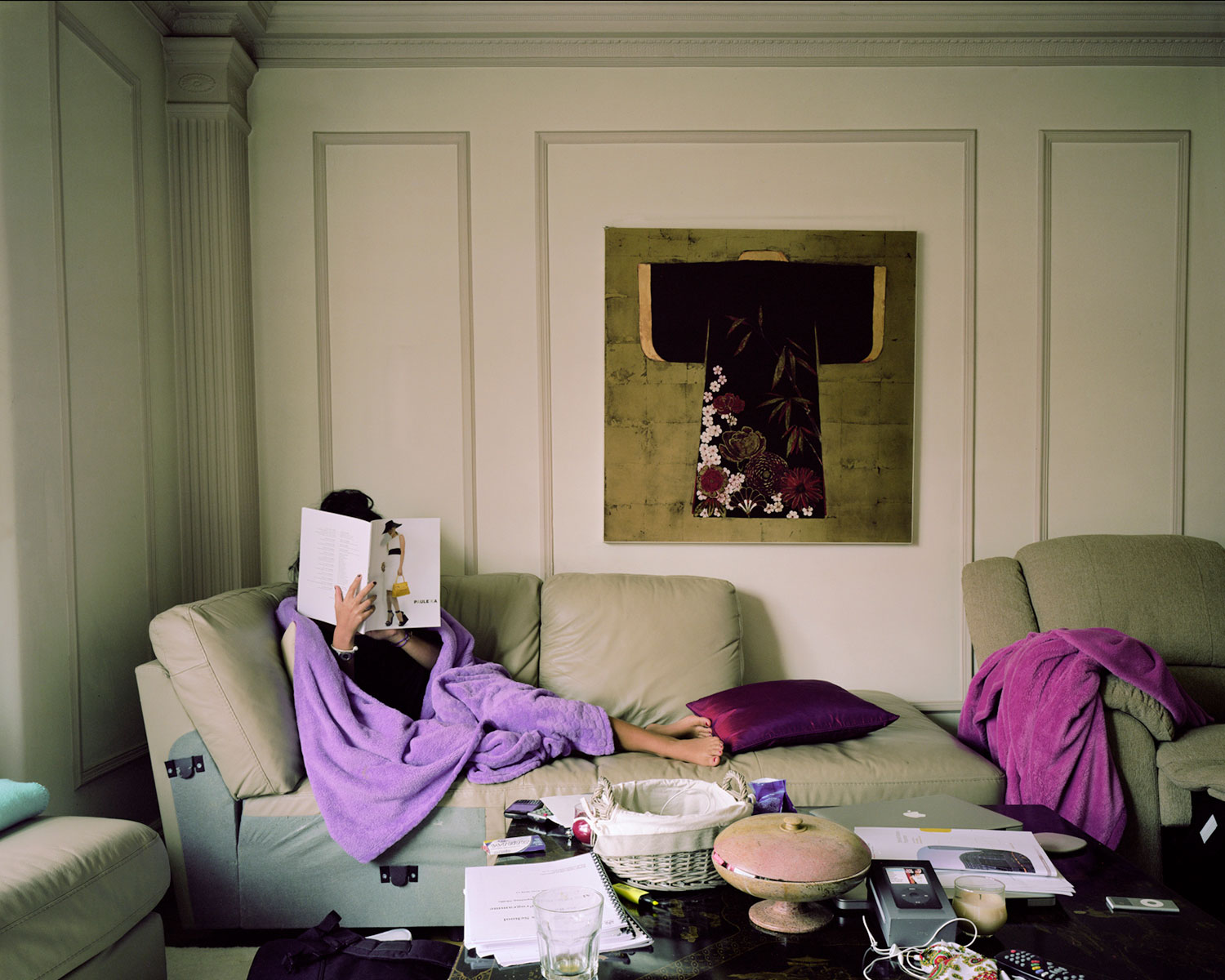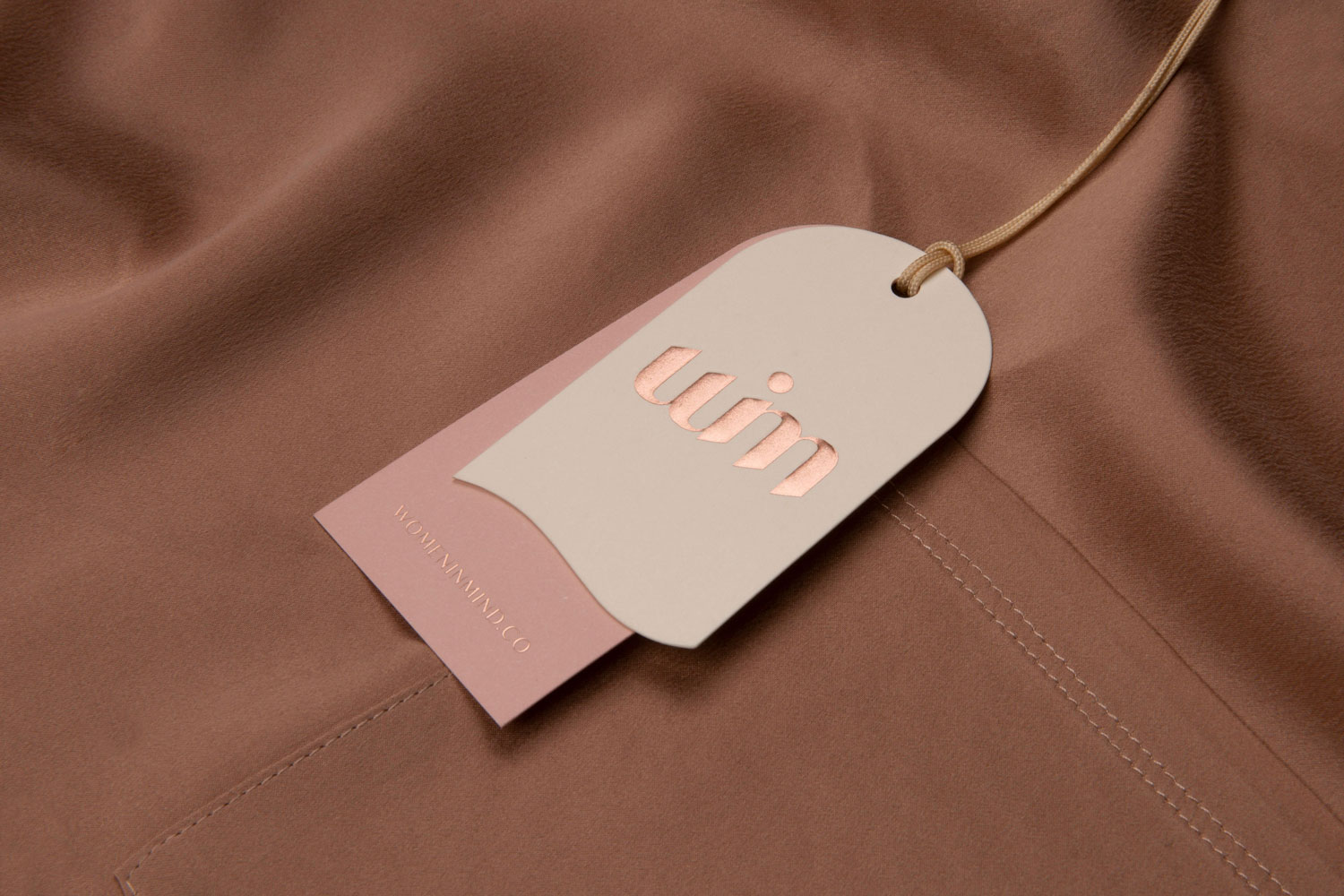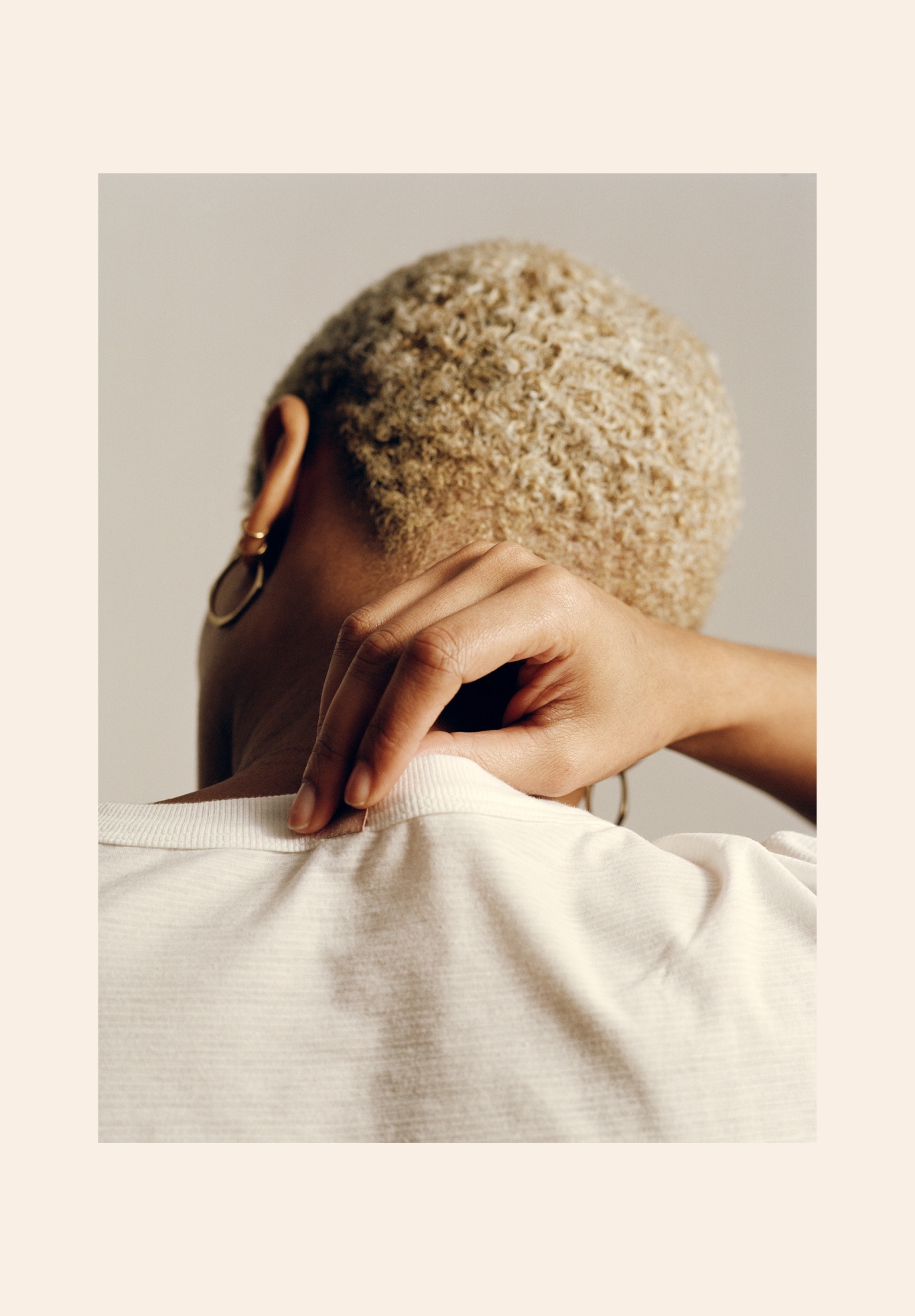The founder bringing empathy to the world of business
Entrepreneur and photographer Wasma Mansour is a new kind of founder. Having spent her childhood in Saudi Arabia and most of her adulthood in the UK, she studied interior design, contemporary art, and photography before going on to make headlines with her groundbreaking photographic series Single Saudi Women. Setting up a women’s lifestyle brand might not seem the natural next step, but as we discovered when we sat down to speak to Wasma, her unique concern for the needs of women across cultures puts her in the perfect position to establish Women In Mind (WIM), which offers garments, fragrances, homewares and self-care workshops.
How did you first start doing photography?
Before moving to the UK, I managed a black-and-white dark room for about three years. I enjoyed being in that quiet contemplative space. Developing film and printing is methodical; you go inward and then you get this incredible result. I got into it ‘the other way around’ – not through taking photographs, but through working on the technical side.
Then the photographer I was assisting lent me her camera and just said, ‘Go and take some pictures.’ I didn’t really study it – I got into it through practice.

©Wasma Mansour
How did you come to create your series Single Saudi Women?
In 2008, the Saudi government released this incredible scholarship programme – for men, women, everyone – letting them go to about 29 different countries and pursue their education. So I enrolled, and sent this crazy proposal to LCC [London College of Communications].
I’ve always enjoyed speaking to people and hearing their stories, and I have a natural interest in women’s affairs in the Middle East. I’m very aware that in the West there is a particular perception of Saudi women and there isn’t room to entertain other realities, so I knew that this topic was something I really wanted to explore. And luckily, LCC were curious enough to let me pursue it.
When I started the PhD, I proposed doing the project on single women living in Saudi. But the reality was that just because I’m Saudi and they’re Saudi didn’t mean they were willing to open their doors to me and have me photograph their homes and share very intimate things about their lives.
“for immigrants there’s a kind of grappling, a duality to life”
I wasn’t satisfied with the output – the photographs and the interviews felt forced. But when I looked at the statistics, I found that there were 6,000 young Saudi people on the same scholarship programme as me in the UK at that time. My early hunch was that – alone in the UK, pursuing their own interests, living their own lives – they might be more open to the project. But through my interviews, I realised that Middle Eastern pockets still exist in London, and these women still had to negotiate their identities whenever they go to these pockets – like any immigrants. My Greek friends, my Brazilian friends all said the same thing – that there is a kind of grappling, a duality to life.
But working in the UK did allow me to negotiate my subjects’ space without the direct surrounding of their family or Saudi society. And with time, through tonnes of interviews, by getting to know the women I was photographing, their circumstances, their backgrounds, and their life trajectories, I found a way to make them comfortable enough to open up. A lot of it was about trust, and respect. I didn’t call them subjects; I called them participants. In my consent form I gave them the right to pull out of the project at any point. Even once it was finished, if they chose for the work not to be exhibited, I gave them that power.
We know you primarily as a founder through the copywriting work we’ve been doing with you on your new brand WIM. How did you make the side-step into starting your own business?
It was learning the skill of talking to women so that they’re happy to share their needs with me, and let me into their private realm, that led me to WIM.
“If I want to solve a problem for a woman, I first need her to communicate that problem to me genuinely and openly”
My ‘methodology’ was to go to the women, set up my camera, and let the photography be born out of the conversation. I think there was a kind of therapeutic aspect to it for participants – that dynamic in which I take the back seat, just letting her talk without stopping her, and then she reflects on the image, which sometimes instigates another story. I stayed in one woman’s house for nine hours. At first we were talking about her pantry, and then as she was reflecting and talking, something else came up, which was amazing.

©Wasma Mansour
I realised through the research for Single Saudi Women that if I want to solve a problem for a woman I first need her to communicate that problem to me genuinely and openly. In order for her to be vulnerable enough to do that, it needs to go both ways – I need to be willing to open up so that she can open up to me.
I did a tonne of qualitative research before launching the brand, and I love using women’s circles. They’ve existed for centuries, and that’s because they work. So I’ve integrated that concept into WIM – into the focus groups and also into the workshops that we were running pre-Covid, and which we’re planning to restart in 2021.
And we’ll see whether this two-way sharing is the right approach for building a brand. I think it is, but we’ll see.

©WIM
What have been the challenges of starting a business without a formal business education?
As someone who doesn’t come from a business background, I have no option but to learn as I go. It’s intimidating, being surrounded by entrepreneurs who studied business and marketing and finance, who look at me like, ‘Who do you think you are?’ It’s been challenging trying to tune these voices out.
I’m not naïve; I’ve done my research, and of course I want this to be a viable business, but if I bring something out I want it to be meaningful and impactful. I don’t want to waste my time; I don’t want to waste other people’s money. But it took time to learn to trust my intuition. It’s been important having a strong network of friends and family reminding me that what I’m creating is a valuable resource.
“What people were grappling with in lockdown are the things I’ve been grappling with myself: how do I connect with my body? How do I connect with myself? How do I connect with my space?”
What’s been your experience of launching a new brand during the coronavirus pandemic?
We definitely could have picked a better time – I won’t pretend launching when we did wasn’t stressful, but I’ve been pleasantly surprised by the response. Because what people were grappling with in their personal lives during lockdown are things I’ve been grappling with myself: how do I connect with my body? How do I connect with myself? How do I connect with my space? The reality, and it’s a reality that sits behind everything that WIM does, is that these questions are ongoing; they’re a life pursuit. Which as a brand is great because it means we’re always exploring, always producing new content.

©WIM
That feels like a novel approach for a brand to take.
The premise of any business model is that your product needs to be ‘the solution’, and that is not the reality that we’re living in right now. Things need to constantly refresh and evolve. WIM as a brand has to be so dynamic that people feel nourished by it. Our offering is an investment. If I’m asking someone to buy a product I want it to be worth every penny.
When I went to New York I wore a Lunya slip from the WIM-curated collection to bed. I got up the next morning and went straight out to grab coffee. That’s the mentality behind our products: I’m not going to tell people ‘this needs to be used in this context’. That slip can be a slip, can be a dress, can be paired with lots of different other garments. I don’t want to create fast fashion.
“If I’m asking someone to buy a product I want it to be worth every penny”
How does this approach translate into your manufacturing process?
We’re going to have a handful of beautifully-made pieces for a spring/summer collection and for an autumn/winter collection, differentiated by the textiles we use. Aside from the online store, our products will primarily live in independent shops and local boutiques.
Hackney in east London, where WIM is based, has a textile tradition, which inspired me to explore producing our fashion collection locally. Working with a London-based designer, we’re currently sampling our designs, and finished versions will be manufactured by the London Pattern Bureau. This means low air miles, a smaller environmental impact, strong relationships with our makers, and support for UK manufacturing.
At the same time, working with Lauren [Woodhall, Junior Merchandiser & Administrative Assistant], who has a background working with female textile workers in other communities such as Guatemala, has made me open to the idea of working with other communities as well. She’s made me realise that if you know your supply chains, and if those supply chains are transparent, you can be a source of fantastic support. Right now a lot of fashion houses are just abandoning their manufacturers in places like Bangladesh, which is heart-breaking. We’ve collaborated with a natural dye studio in India, so some of our fabrics will not only be sustainable and organic, but beautifully hand-dyed, keeping a traditional craft alive and protecting the livelihoods of artisans
It’s taking a lot of analysis to create something that’s financially viable for the company, and at the same time ethical, transparent, that does something positive for the communities involved, that does something good for the environment, and which is at an accessible price point. It’s a lot to ask for!

©Wasma Mansour | Model – @abbsnocon
What’s next for WIM?
Right now I’m very proud of the partner pieces we’ve got available on the online WIM store, and we’ll be launching our own fashion collection, as well as our own fragrances, for autumn/winter 2020. We can’t wait to share them with our community, who have been an amazing source of support for the brand over the past few months, and who we’ve been able to connect with via our social platforms, newsletters and weekly blogs.
We’ve also found ourselves connecting with other women-owned local businesses, and recently started inviting them to contribute to our blog and model for us, which I feel is a great opportunity to showcase our garments on real women with normal bodies.
Wasma loves
Anthropologist Ruth Behar’s book ‘The Vulnerable Observer’
The work of photographer Dayanita Singh
And photographer Ishiuchi Miyako
Hackney homeware and fashion boutique Momosan
Romeo & Giulietta Gelateria, Stoke Newington
Wandering around Hackney, admiring the beautiful houses
Love this? Get more.